The Power of Stillness: Unlocking Creativity in a Noisy World

Founder - Daniel Watson is a creative director and storyteller…
In a world of endless notifications, multitasking, and digital chaos, creativity feels like an endangered species. But here’s a truth that might surprise you: the key to unlocking your most brilliant ideas isn’t doing more—it’s doing less. In fact, creativity flourishes not in chaos but in stillness. By embracing quiet moments, you’re not just preserving your sanity—you’re supercharging your creative potential. Let’s explore why overstimulation stifles creativity and how stillness can reignite your spark.
Why Your Brain Needs a Break to Think Big
Ever wonder why your best ideas seem to strike in the shower or during a late-night walk? It’s not magic—it’s neuroscience. Studies show that the brain’s default mode network (DMN), which is active during periods of rest and daydreaming, is crucial for imagination, problem-solving, and self-reflection. When you’re bombarded with information, your brain shifts into reactive mode, blocking the DMN and making it harder to form original thoughts.
A 2013 study published in Psychological Science found that participants were 40% more creative after a period of rest compared to those who stayed mentally engaged. In other words, your brain needs a break to think big. When you allow yourself moments of silence—whether through meditation, a tech-free walk, or simply sitting in a quiet room—you activate this powerful network, setting the stage for breakthrough ideas.
Digital Detox: The Secret to Creative Clarity
Let’s be honest—our obsession with screens isn’t doing our creativity any favors. The average person checks their phone 96 times a day (that’s every 10 minutes!), according to a study by Asurion. Constant notifications keep our brains in a state of hyper-alertness, leaving little room for deep thought. In contrast, research from the University of California, Irvine, shows that it takes an average of 23 minutes to refocus after an interruption.
Solution? A digital detox. Start small by setting aside tech-free hours each day. Mute notifications, delete social media apps temporarily, or even try a weekend without screens. These micro-breaks from technology help your mind reset, making it easier to connect the dots creatively. As tech mogul Steve Jobs once said, “Innovation is saying no to 1,000 things.” Sometimes, that means saying no to endless scrolling.
Nature: The Original Creativity Boost
It’s no coincidence that some of history’s greatest minds like Albert Einstein and Virginia Woolf, whom both sought inspiration in nature. A study published in Psychological Science revealed that spending just 20 minutes in a natural environment improves focus and creativity by up to 50%. The reason? Nature’s calming effect reduces the stress hormone cortisol, allowing your mind to wander freely.
Even a short walk in a park can trigger divergent thinking, the type associated with brainstorming and generating multiple solutions. So the next time you’re stuck on a creative problem, trade your screen for a green space. As John Muir aptly put it, “In every walk with nature, one receives far more than he seeks.”
The Art of Mindful Stillness: Techniques to Unlock Creativity
Stillness doesn’t have to mean sitting in silence for hours. Here are a few simple techniques to incorporate into your day:
-
Mindful Breathing: Spend five minutes focusing solely on your breath. This calms your nervous system and clears mental clutter, making room for new ideas.
-
Morning Pages: Popularized by Julia Cameron in The Artist’s Way, this practice involves writing three pages of free-flowing thoughts every morning. It’s a mental declutter that helps uncover creative insights hiding beneath surface stress.
-
Deep Listening: Try listening to instrumental music or nature sounds without distractions. Studies show that this kind of focused listening enhances neural connectivity, boosting creativity and problem-solving skills.
Even a few minutes of these practices daily can help you access deeper layers of creativity.
The Real-World Impact: Creatives Who Swear by Stillness
Still not convinced? Consider these real-world examples of creative powerhouses who used stillness to spark genius:
-
Steve Jobs: Famously took long walks to think through product designs and business strategies.
-
Maya Angelou: Secluded herself in a bare hotel room with no distractions to write her books.
-
Albert Einstein: Advocated for daydreaming and quiet reflection as essential to his scientific breakthroughs.
-
Rick Rubin: The legendary music producer embraces meditation and solitude to unlock fresh perspectives for artists.
Their secret wasn’t just hard work—it was intentional periods of silence that allowed them to connect the dots creatively.
Overcoming the Fear of Doing Nothing
For many of us, the idea of doing nothing feels…terrifying. In a society that glorifies hustle, stillness can feel like slacking. But here’s the twist: productivity and creativity thrive on rest. In a 2018 study, researchers found that participants who embraced strategic rest (short breaks to let the mind wander) were 26% more productive than those who powered through without breaks.
Stillness isn’t about avoiding action; it’s about creating space for the right action. The next time you’re tempted to grind through a creative block, try stepping back instead.
As the Chinese philosopher, Lao Tzu said, “To the mind that is still, the whole universe surrenders.”
Final Thoughts: Why Stillness Is the Ultimate Creative Hack
Stillness is not the absence of activity; it’s the presence of awareness. In a world that glorifies hustle and constant stimulation, embracing quiet moments is revolutionary. By making space for stillness—through meditation, nature, or simple tech breaks—you’re not just unlocking creativity; you’re reclaiming your focus, your energy, and your peace of mind.
Your Turn: What’s your favorite way to unplug and find stillness? Is it a morning walk, meditation, or just a few minutes of silence with your coffee? Share your go-to strategies in the comments and let’s start a conversation about the power of doing less to create more.
If this article inspired you, share it with someone who could use a little less noise and a lot more creativity.
Related
What's Your Reaction?
Founder - Daniel Watson is a creative director and storyteller based in Brooklyn. He has a passion for crafting compelling content across various mediums, with expertise in marketing, magazine, web, photo, branding, and digital content strategy









